525ci Side-Valve Inline 6-Cylinder Engine Single Carburetor 103hp 4-Speed Manual Transmission Front Semi-Elliptic Leaf Springs, ¾ Elliptic Rear Springs with Floating Rear Axle 4-Wheel Drum Brakes *Formerly in the Richard C. Paine, Jr. Collection *One of the most exclusive and expensive cars of its day *Highly advanced technical specification *Recently sorted and serviced *Largely original example of one of America's finest motorcars The Locomobile Model 48 Sportif Locomobile, like most other manufacturers, stumbled in the early Twenties, hit by both the post-WWI recession and the glut of military trucks which came on the market after the war, decimating sales of its Riker truck line. It fell into the hands of Hare's Motors and when that grandiose house of cards collapsed, it was acquired by Billy Durant, determined to create a competitor to General Motors which had been wrested from his control by the banks. The victim of inspired mismanagement and manipulation, Locomobile entered receivership in 1929, ending the saga of one of America's earliest and best automobiles. The Model 48 was designed by Andrew Riker and introduced in 1911. It would remain in production almost until the end of the marque's existence, yet today very few survive. Of undoubted quality and construction, some maintain that the Model 48's low survival rate was due to the quality materials lavished upon it. Old Locomobile 48s were simply too valuable as scrap to be preserved as old automobiles. The centerpiece of Riker's Locomobile 48 was its 6-cylinder engine, a massive affair with bore and stroke dimensions of 4½" x 5½". The iron T-head cylinders were cast in pairs and bolted to a bronze crankcase, which contained a drop-forged alloy steel crankshaft that was both statically and dynamically balanced and rode in seven main bearings. An aluminum intake manifold mated up with a bronze-bodied carburetor while the gearbox casing was cast in manganese bronze. The exhaust valves were chrome-cobalt steel. Coil and battery ignition ignite dual ignition through a pair of 6-cylinder distributors. The Locomobile Model 48's chassis members were pressed from chrome-nickel steel, then heat treated and hot-riveted together, and rode on chrome-nickel-tungsten steel leaf springs, semi-elliptical in the front and 3/4 elliptical at the back. It stood by 4-speed transmissions when all competitors had only three forward speeds. There were no shortcuts taken in the Model 48's materials, construction methods or finishes. Although Locomobiles were regularly bodied to clients' wishes by independent coachbuilders, most designs came from Locomobile's own Custom Body Department under the direction of former Kellner designer J. Frank de Causse. Locomobile had no body building facility of its own, allowing the company to choose the best coachbuilders while specifying that the coachbuilder's nameplate not be affixed. De Causse's style was simple, individual and distinctive but also has stood the test of time to be recognized as some of the best design of the period. The most elegant of all de Causse's designs was the "Sportif" tourer, a dual cowl design that may have been the first of its kind. Perfectly complementing the Model 48's strength and quality, it is a classic expression of restrained elegance. Its style, quality, performance and reliability explain why this magnificent automobile stayed in the Locomobile catalog for a decade and a half. Although it was continually updated and improved, it was such a fine automobile that it remained fresh and attractive to an exclusive clientele which wanted only the highest quality and cared little for passing whims of fashion. It sold for $7,400 in 1925, a price that was rivaled only by the Stevens-Duryea Model G. The Motorcar Offered This 1925 Locomobile Model 48 Sportif Tourer is one of few survivors of this elegant classic. It does not appear ever to have been restored, receiving only sympathetic attention to its cosmetics and mechanical m
525ci Side-Valve Inline 6-Cylinder Engine Single Carburetor 103hp 4-Speed Manual Transmission Front Semi-Elliptic Leaf Springs, ¾ Elliptic Rear Springs with Floating Rear Axle 4-Wheel Drum Brakes *Formerly in the Richard C. Paine, Jr. Collection *One of the most exclusive and expensive cars of its day *Highly advanced technical specification *Recently sorted and serviced *Largely original example of one of America's finest motorcars The Locomobile Model 48 Sportif Locomobile, like most other manufacturers, stumbled in the early Twenties, hit by both the post-WWI recession and the glut of military trucks which came on the market after the war, decimating sales of its Riker truck line. It fell into the hands of Hare's Motors and when that grandiose house of cards collapsed, it was acquired by Billy Durant, determined to create a competitor to General Motors which had been wrested from his control by the banks. The victim of inspired mismanagement and manipulation, Locomobile entered receivership in 1929, ending the saga of one of America's earliest and best automobiles. The Model 48 was designed by Andrew Riker and introduced in 1911. It would remain in production almost until the end of the marque's existence, yet today very few survive. Of undoubted quality and construction, some maintain that the Model 48's low survival rate was due to the quality materials lavished upon it. Old Locomobile 48s were simply too valuable as scrap to be preserved as old automobiles. The centerpiece of Riker's Locomobile 48 was its 6-cylinder engine, a massive affair with bore and stroke dimensions of 4½" x 5½". The iron T-head cylinders were cast in pairs and bolted to a bronze crankcase, which contained a drop-forged alloy steel crankshaft that was both statically and dynamically balanced and rode in seven main bearings. An aluminum intake manifold mated up with a bronze-bodied carburetor while the gearbox casing was cast in manganese bronze. The exhaust valves were chrome-cobalt steel. Coil and battery ignition ignite dual ignition through a pair of 6-cylinder distributors. The Locomobile Model 48's chassis members were pressed from chrome-nickel steel, then heat treated and hot-riveted together, and rode on chrome-nickel-tungsten steel leaf springs, semi-elliptical in the front and 3/4 elliptical at the back. It stood by 4-speed transmissions when all competitors had only three forward speeds. There were no shortcuts taken in the Model 48's materials, construction methods or finishes. Although Locomobiles were regularly bodied to clients' wishes by independent coachbuilders, most designs came from Locomobile's own Custom Body Department under the direction of former Kellner designer J. Frank de Causse. Locomobile had no body building facility of its own, allowing the company to choose the best coachbuilders while specifying that the coachbuilder's nameplate not be affixed. De Causse's style was simple, individual and distinctive but also has stood the test of time to be recognized as some of the best design of the period. The most elegant of all de Causse's designs was the "Sportif" tourer, a dual cowl design that may have been the first of its kind. Perfectly complementing the Model 48's strength and quality, it is a classic expression of restrained elegance. Its style, quality, performance and reliability explain why this magnificent automobile stayed in the Locomobile catalog for a decade and a half. Although it was continually updated and improved, it was such a fine automobile that it remained fresh and attractive to an exclusive clientele which wanted only the highest quality and cared little for passing whims of fashion. It sold for $7,400 in 1925, a price that was rivaled only by the Stevens-Duryea Model G. The Motorcar Offered This 1925 Locomobile Model 48 Sportif Tourer is one of few survivors of this elegant classic. It does not appear ever to have been restored, receiving only sympathetic attention to its cosmetics and mechanical m
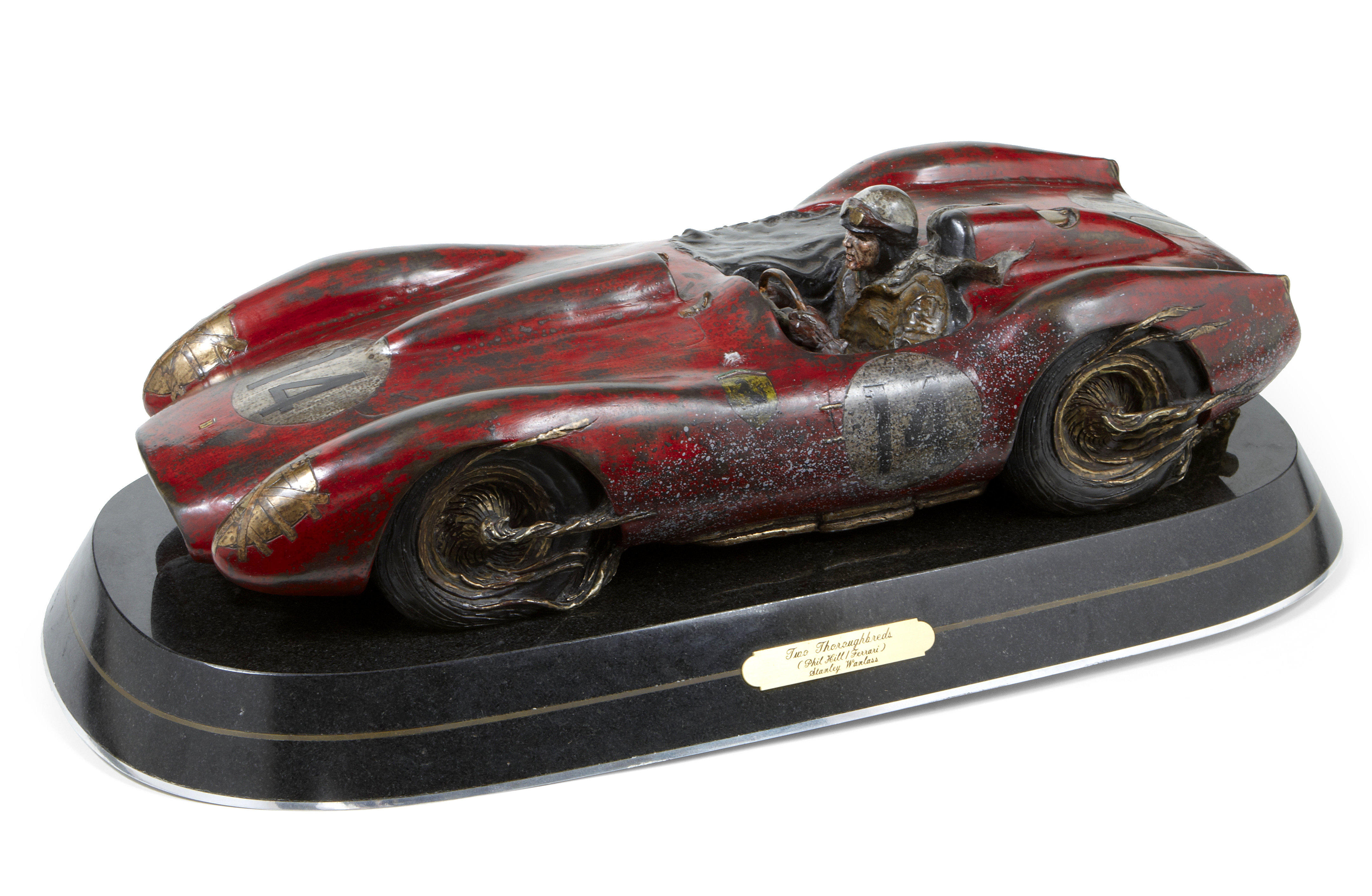
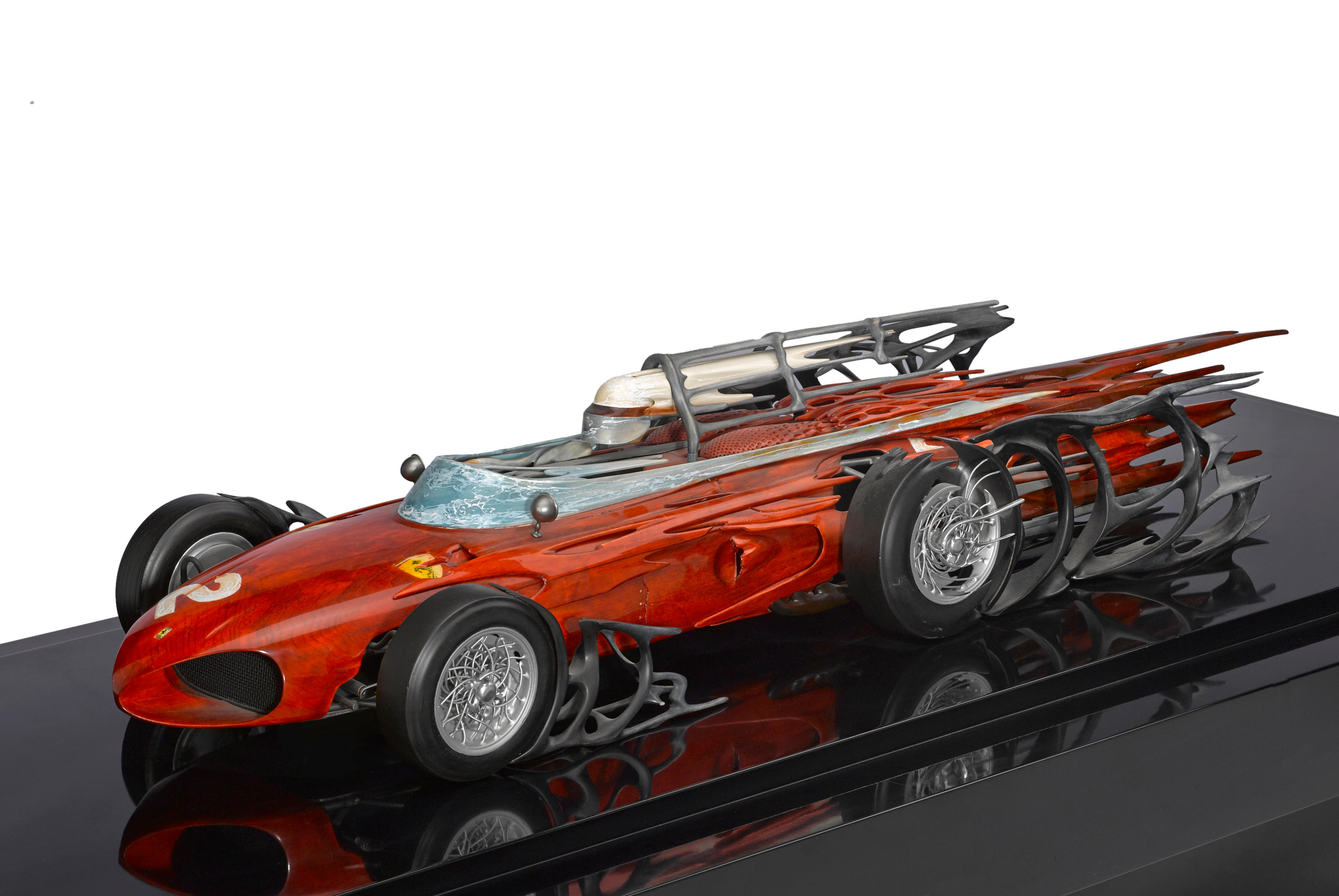

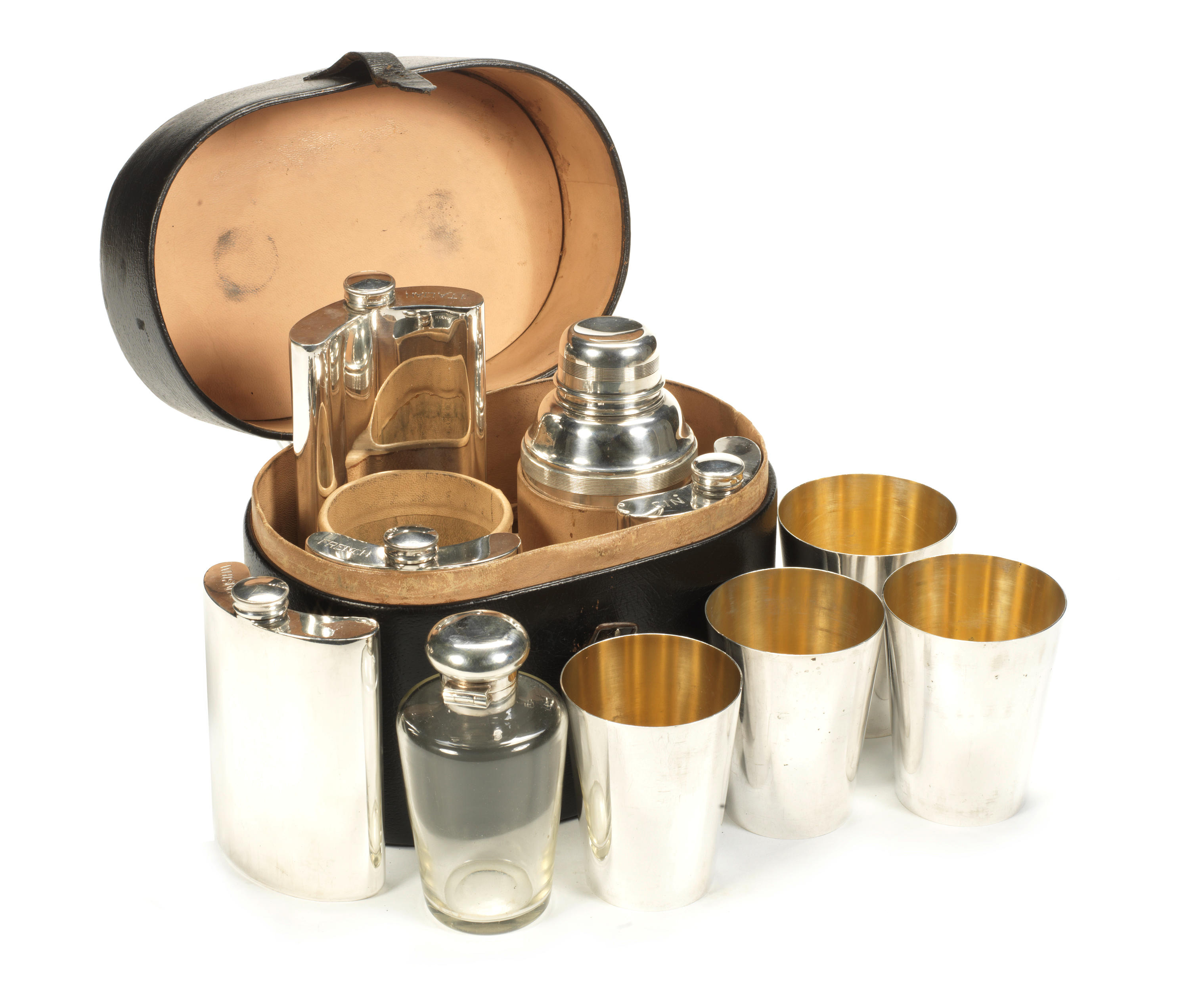
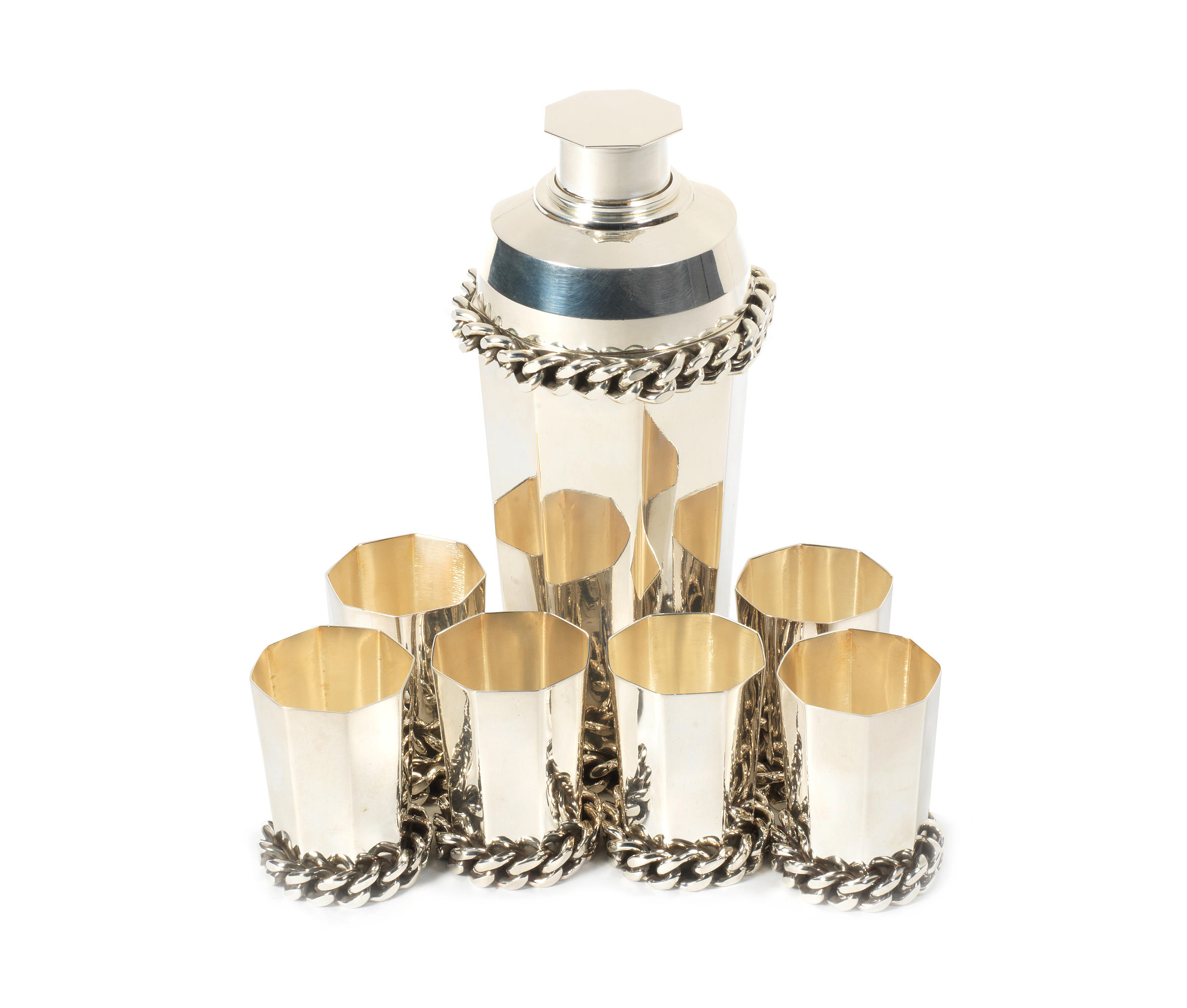
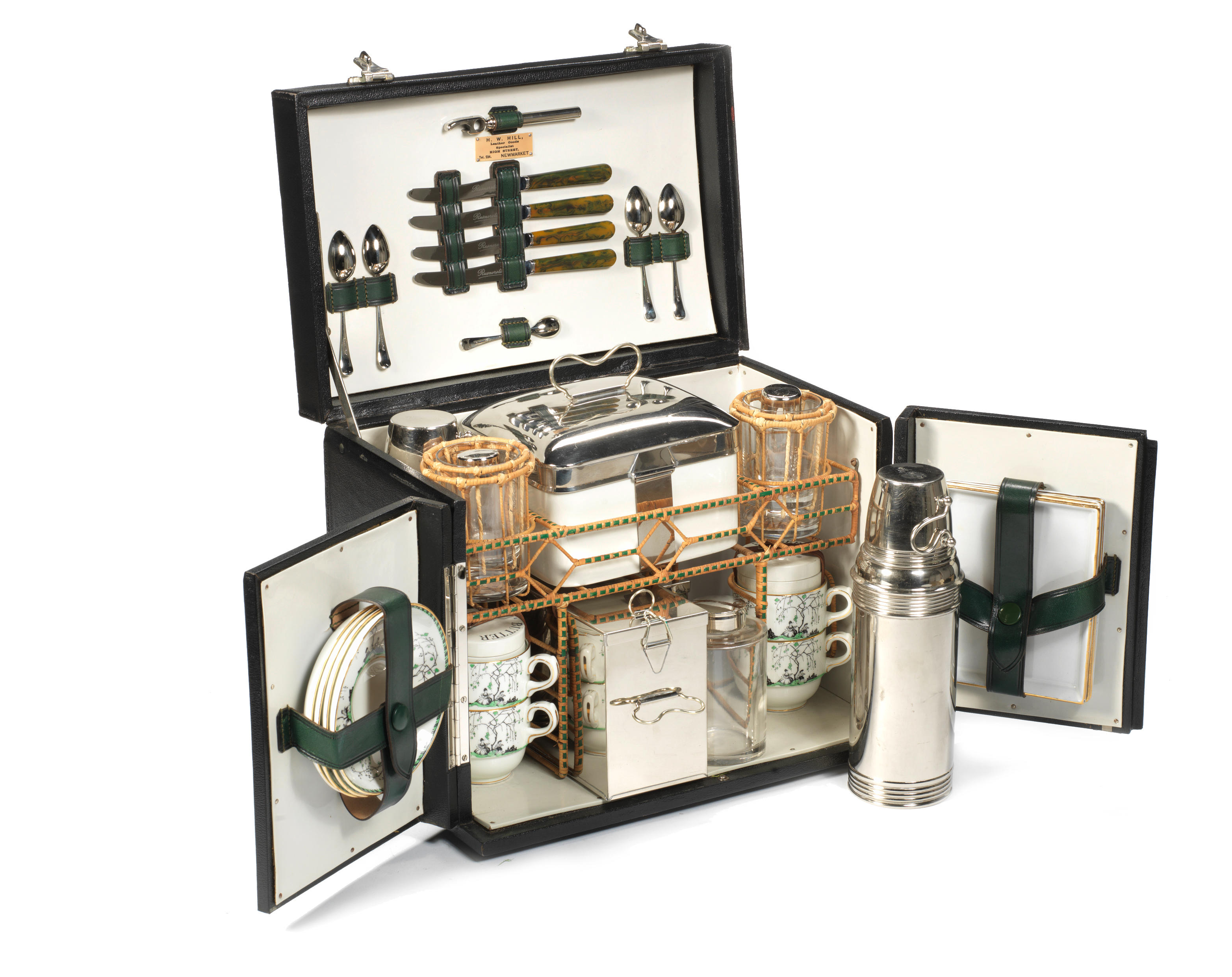
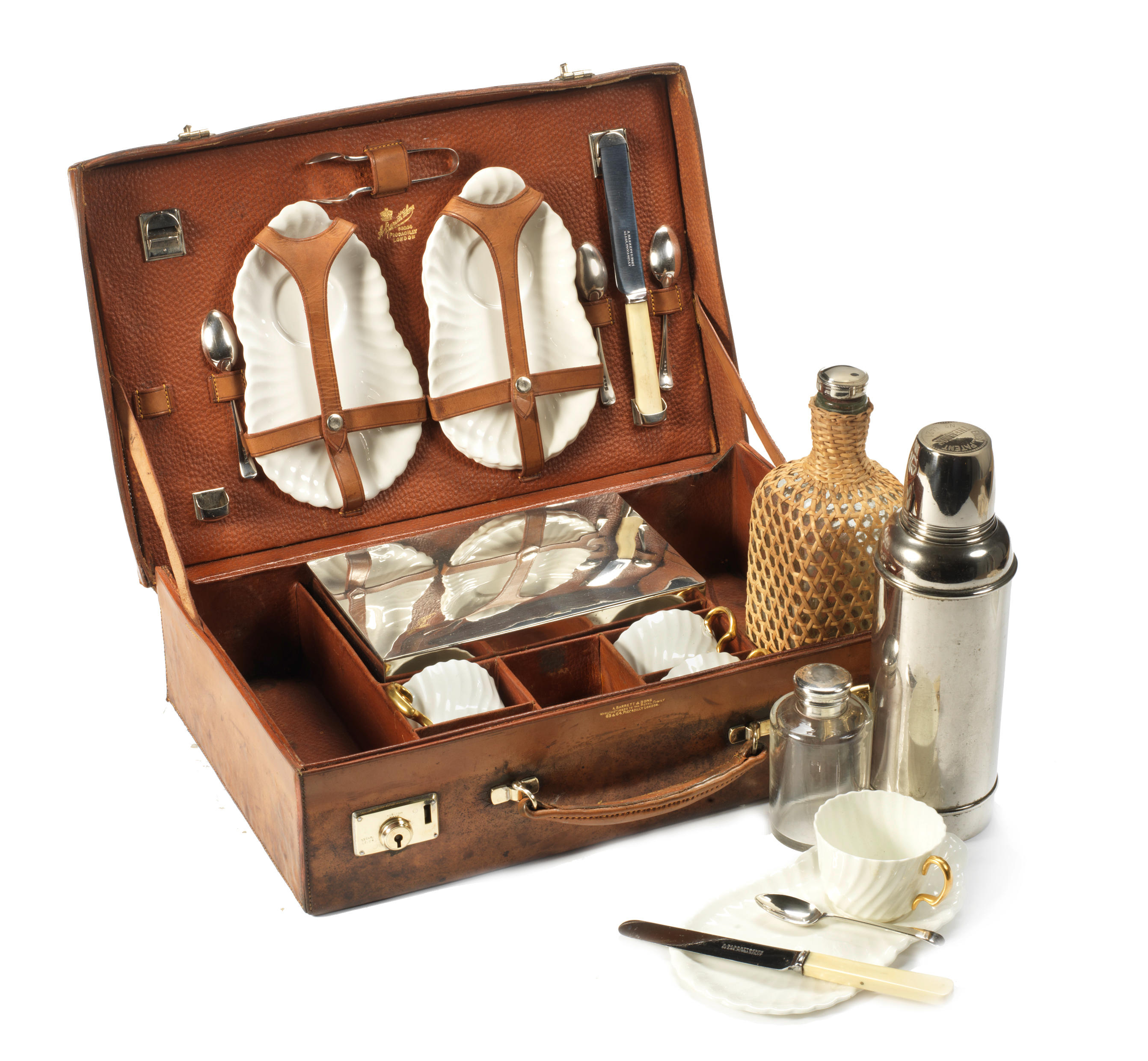
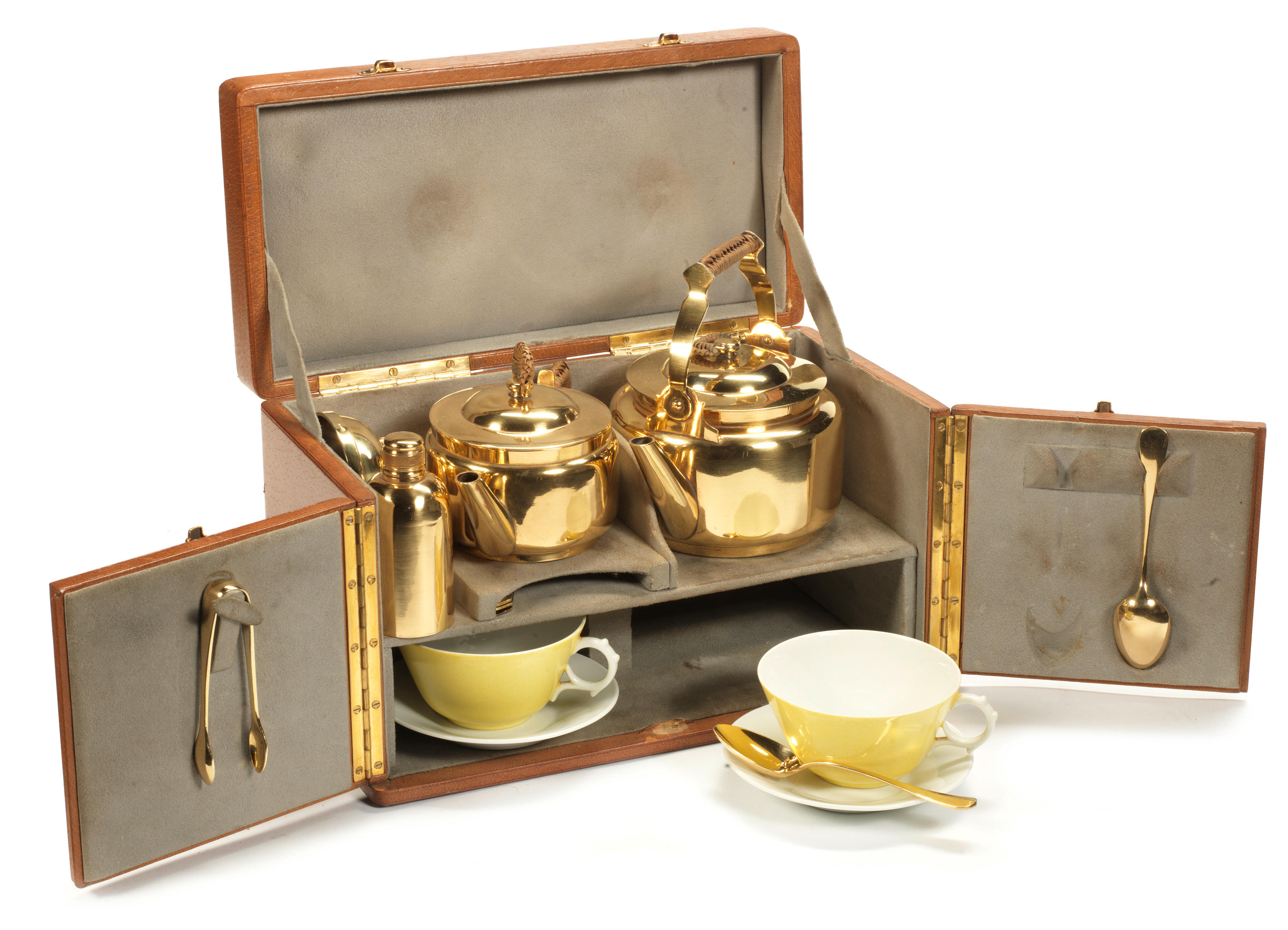
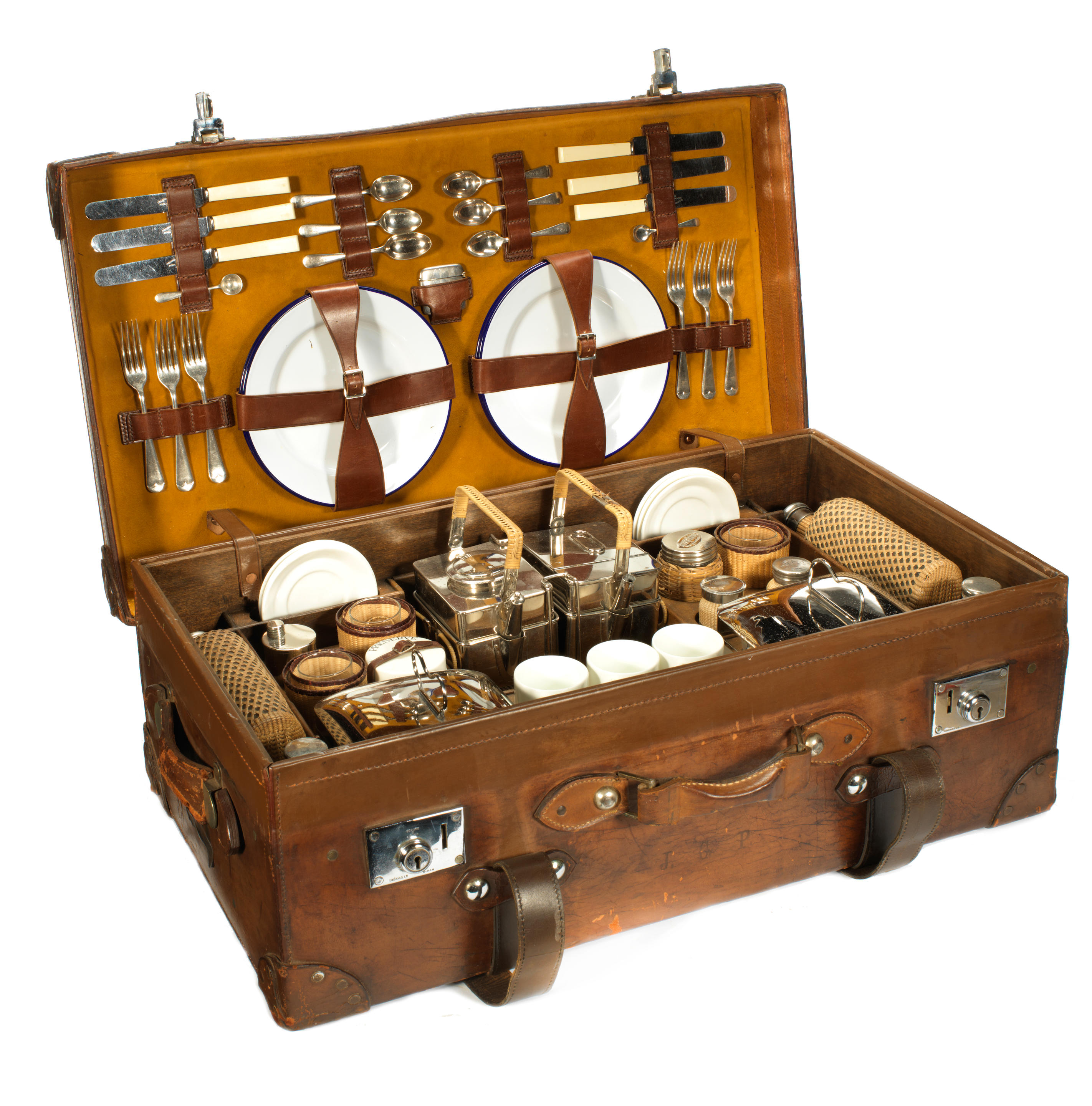

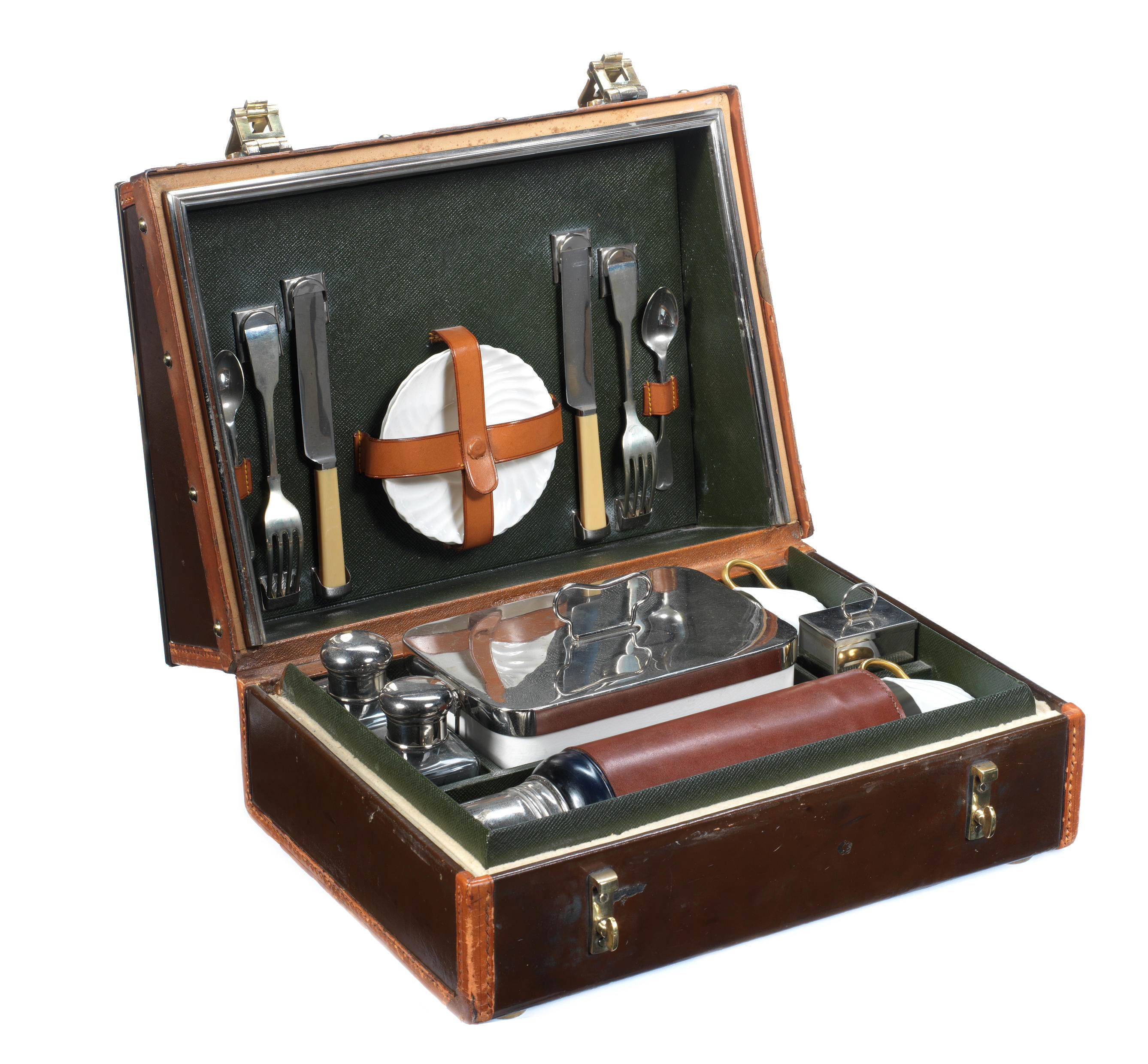
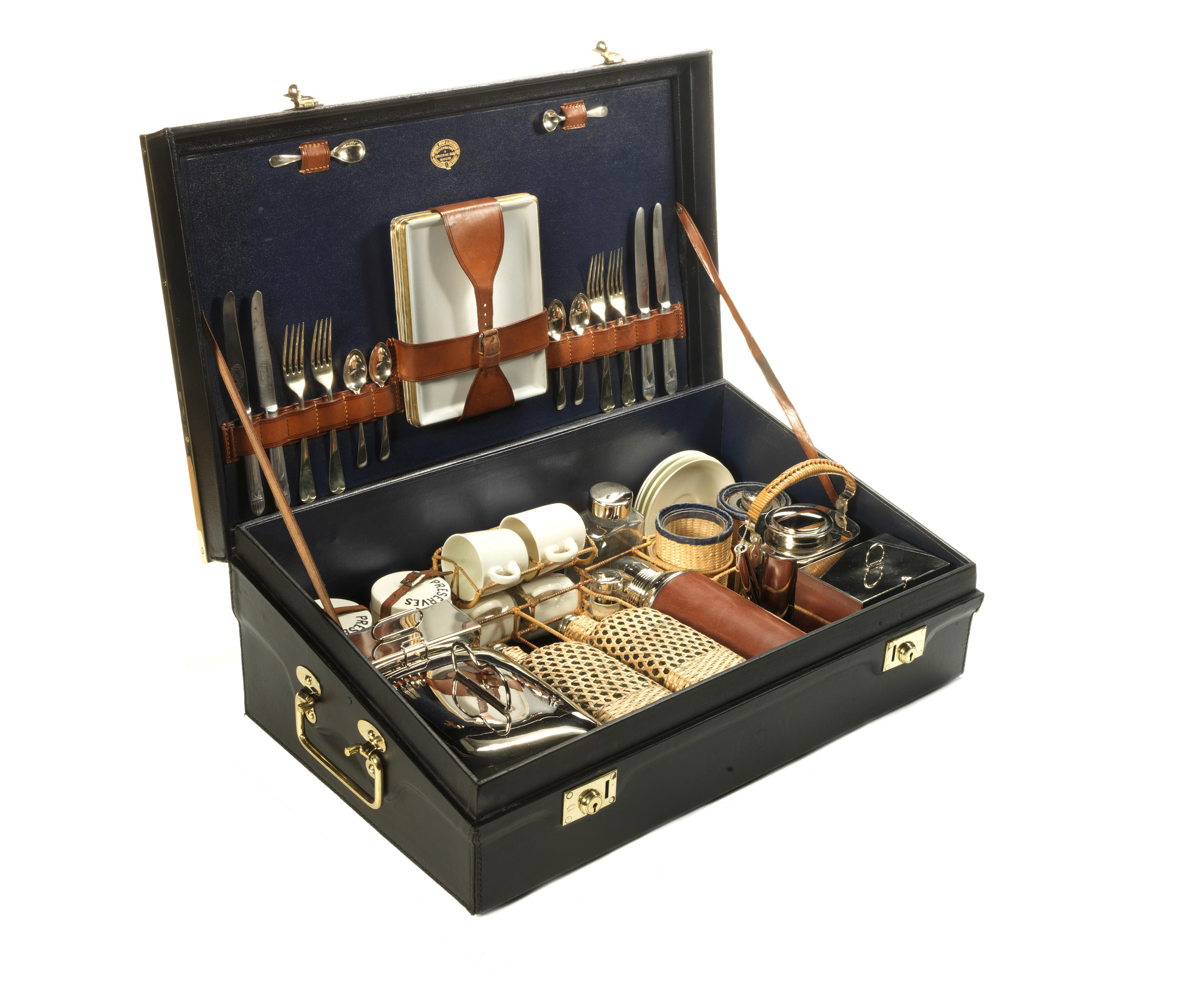

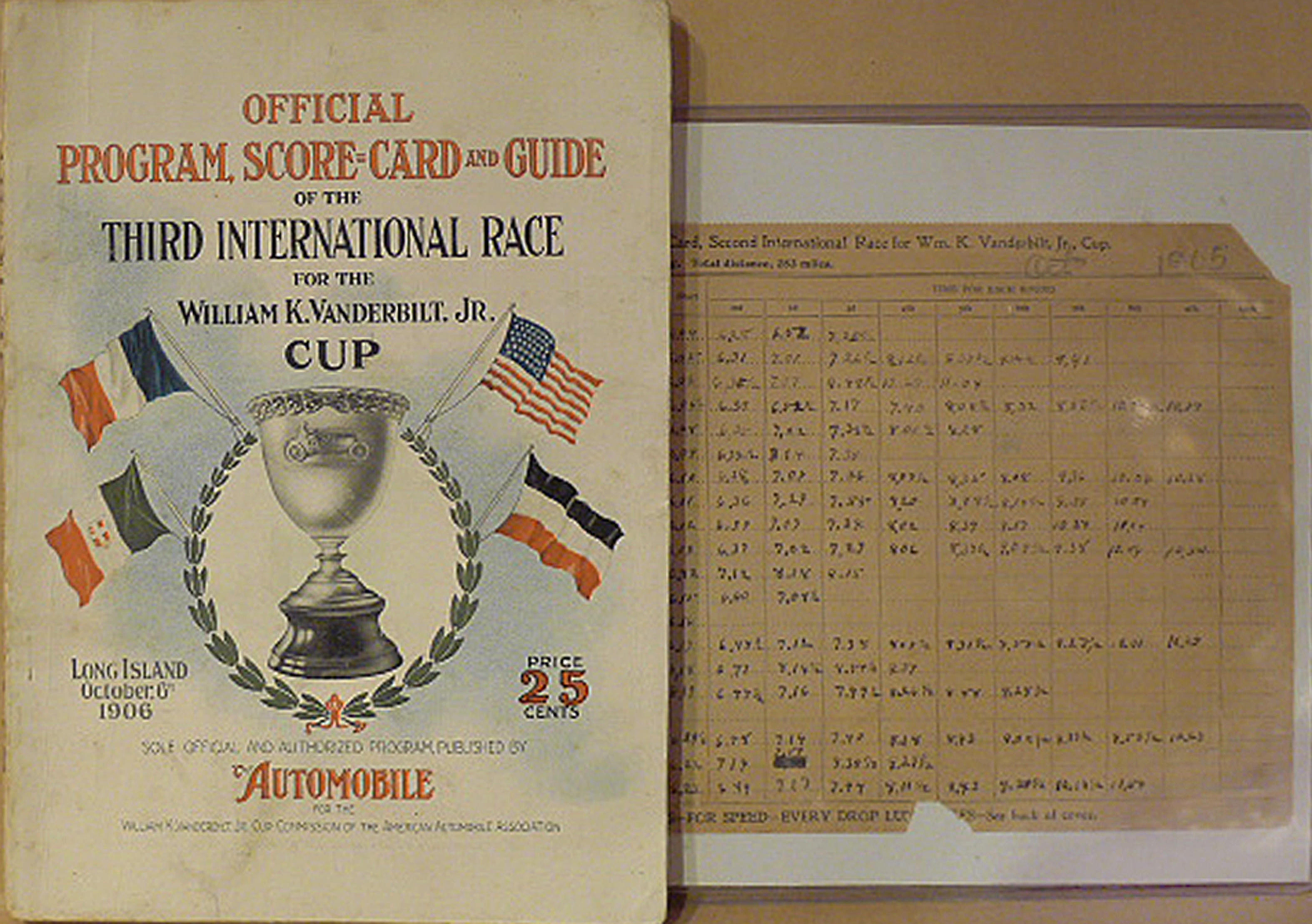

Try LotSearch and its premium features for 7 days - without any costs!
Be notified automatically about new items in upcoming auctions.
Create an alert